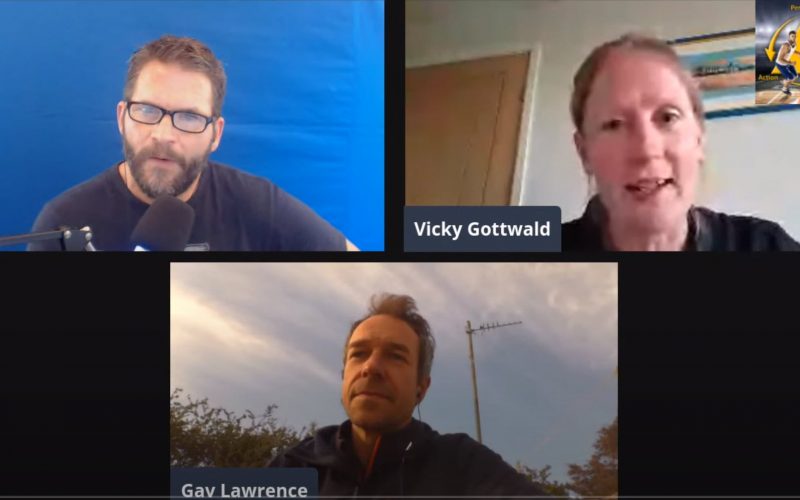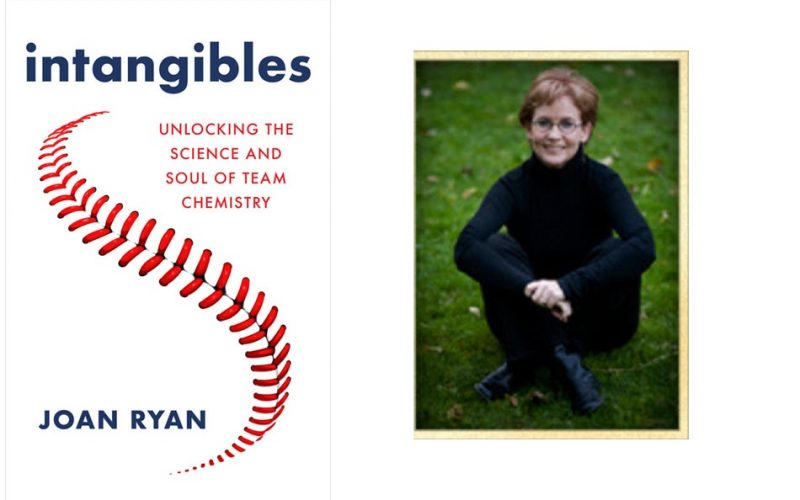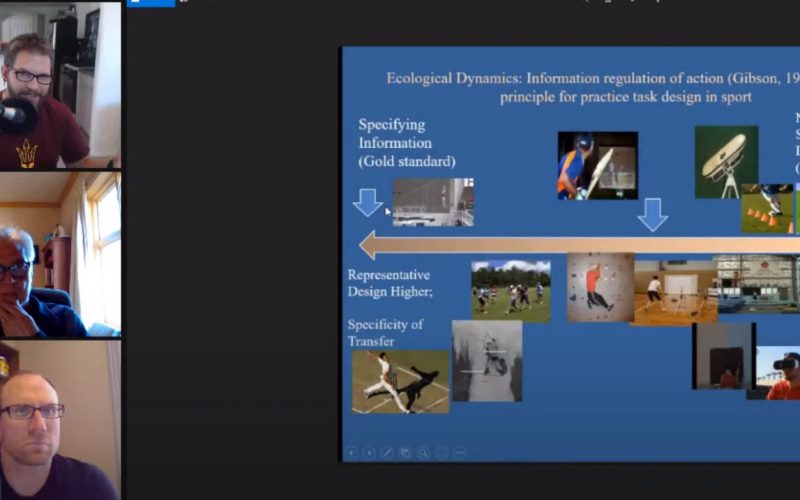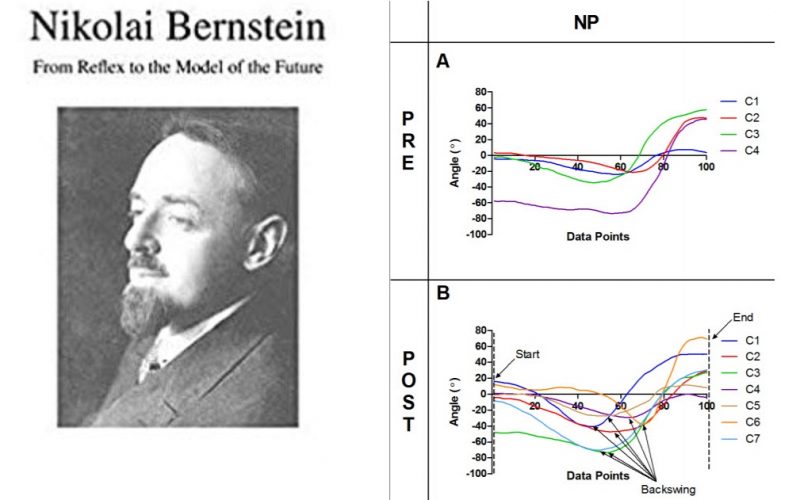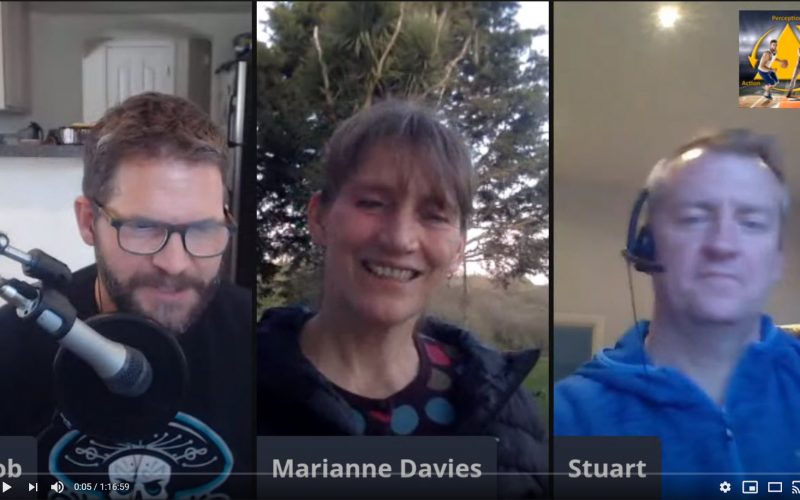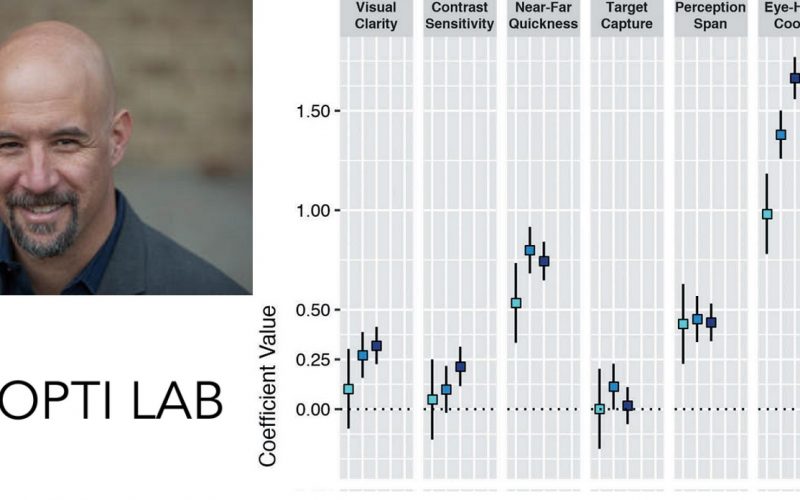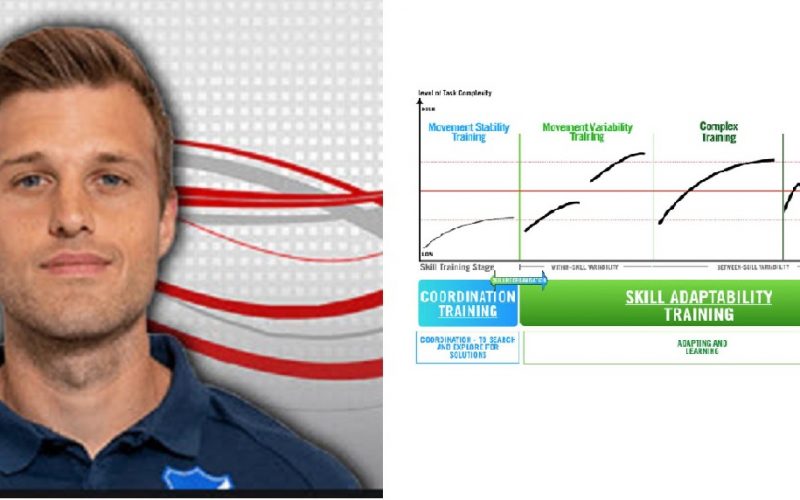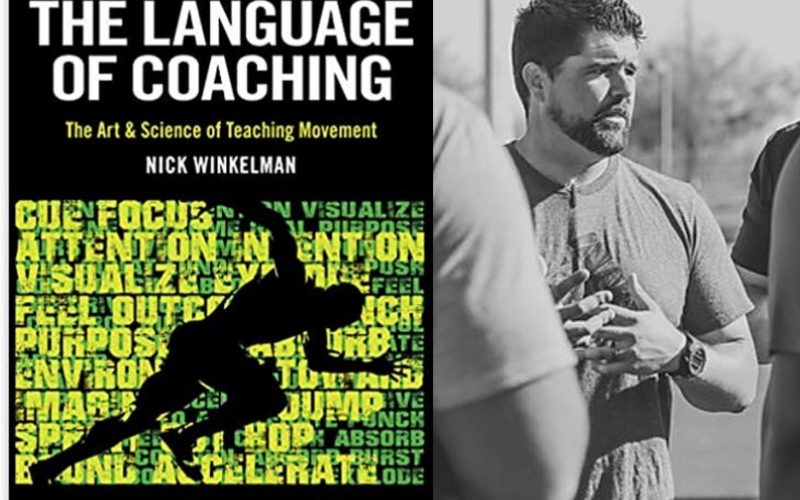189 – Journal Club #8: Focus of Attention and Proprioceptive Information
189 I am joined by Vicki Gottwald and Gav Lawrence to discuss their new paper: An internal focus of attention is optimal when congruent with afferent proprioceptive task information.Download link Articles: An internal focus of attention is optimal when congruent with afferent proprioceptive task information More information:Subscribe in iOS/AppleSubscribe in Android/GoogleMy Research Gate Page (pdfs…
Read More
